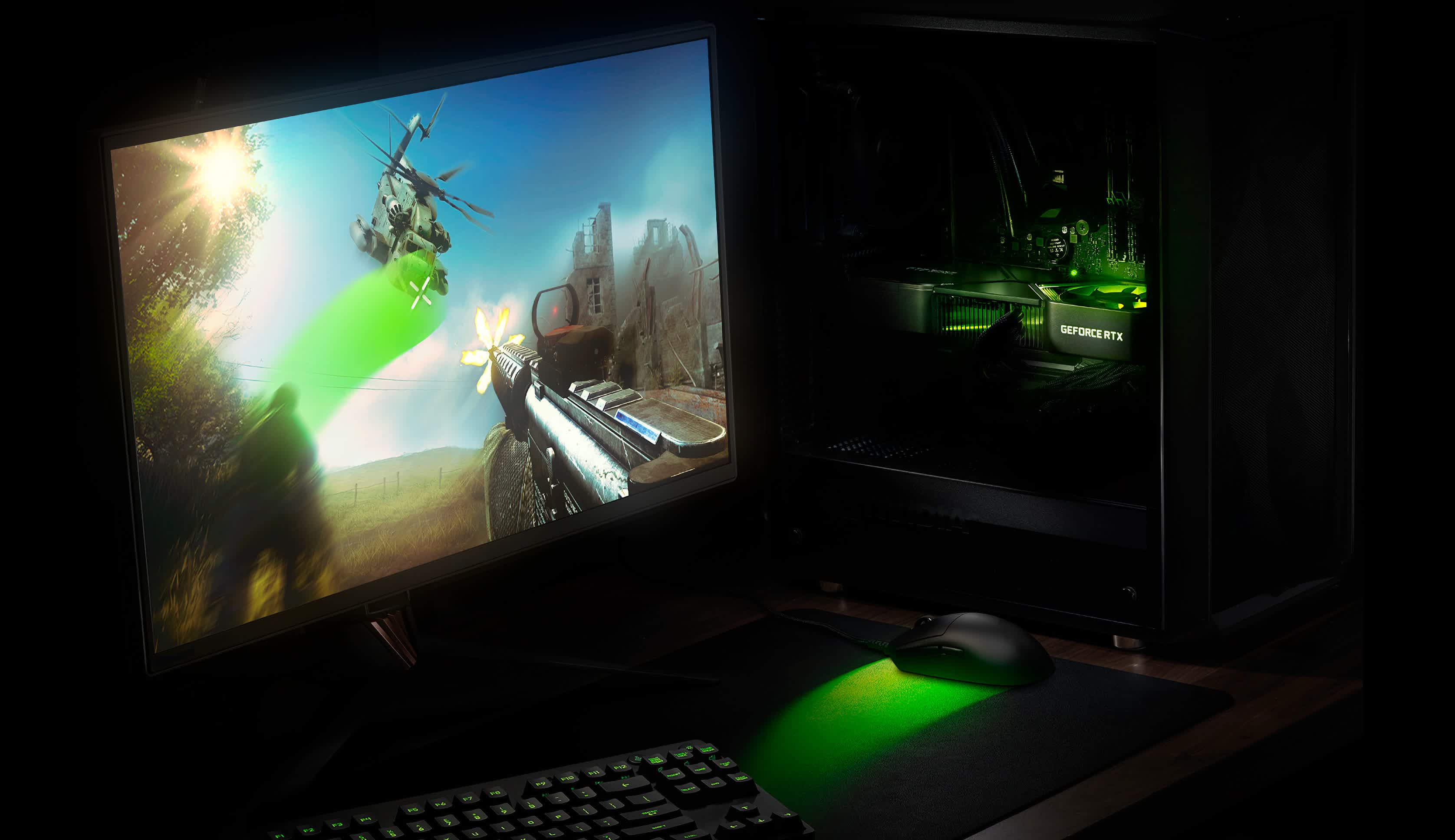Saw that nVidia released this feature in a driver update recently and its apparently similar to AMD's FSR, but I don't understand exactly how either of these are different from the feature in many newer games allowing you to set an "internal resolution" that the game renders at and then displays at higher (likely native) resolution. Googling found plenty of articles comparing NIR to DLSS to FSR, but not to in-game engine options.
Nvidia Image Scaling vs In-game resolution scale
- Thread starter Furr_Man
- Start date
You are using an out of date browser. It may not display this or other websites correctly.
You should upgrade or use an alternative browser.
You should upgrade or use an alternative browser.
Kaamos_Llama
Moderator
Preface by saying I had to look this up a bit, had an idea in the back of my head from reading stuff around but nothing exact. I'll get the ball rolling anyway. Anyone who sees anything wrong please correct me or expand, as always.

 www.techspot.com
www.techspot.com
From the article.
I believe that FSR/NIS upscale from a lower resolution while applying antialiasing (AA) to smooth any jaggies while also improving the look of textures so they don't look lower resolution. Whereas lowering the render resolution in the game menu ends up with worse looking textures when you upscale it, even if you can apply sharpening filters to smooth any aliasing at the edges.
DLSS is the best solution but only works on Nvidia RTX cards and takes advantage of AI somehow. The other two are different methods of achieving the same thing, that can work on cards without Tensor cores (The AI bit).
So as I understand it for image quality
DLSS>NIS/FSR>In game upscaling+sharpening.
Not sure which is better out of NIS or FSR yet, and of course there are quality/performance levels for each solution that affect the image and frame rate as well.

Resolution Scaling: The Secret to Playable "4K Gaming"
Resolution scaling is a great option if you're looking to eke out an additional 10-15% performance, after tweaking settings. If you're playing at a high resolution like...
 www.techspot.com
www.techspot.com
From the article.
......Conventional resolution scaling isn’t perfect and does have an image quality impact: you’re rendering fewer pixels. This is particularly noticeable when it comes to distant and high-frequency detail. Sharpening can help, but it’s not a magic bullet.
I believe that FSR/NIS upscale from a lower resolution while applying antialiasing (AA) to smooth any jaggies while also improving the look of textures so they don't look lower resolution. Whereas lowering the render resolution in the game menu ends up with worse looking textures when you upscale it, even if you can apply sharpening filters to smooth any aliasing at the edges.
DLSS is the best solution but only works on Nvidia RTX cards and takes advantage of AI somehow. The other two are different methods of achieving the same thing, that can work on cards without Tensor cores (The AI bit).
So as I understand it for image quality
DLSS>NIS/FSR>In game upscaling+sharpening.
Not sure which is better out of NIS or FSR yet, and of course there are quality/performance levels for each solution that affect the image and frame rate as well.
Similar threads
- Replies
- 5
- Views
- 808
- Replies
- 2
- Views
- 20K
TRENDING THREADS
-
-
-
Getting ready to start my daughter's new build today. Should i post it after
- Started by Gamersgulag
- Replies: 6
-
Hello, Is this the best computer i can buy for less than 1500€?
- Started by Jujé
- Replies: 7
-
-

PCGamer.com is part of Future plc, an international media group and leading digital publisher. Visit our corporate site.
© Future Publishing Limited Quay House, The Ambury, Bath BA1 1UA. All rights reserved. England and Wales company registration number 2008885.

